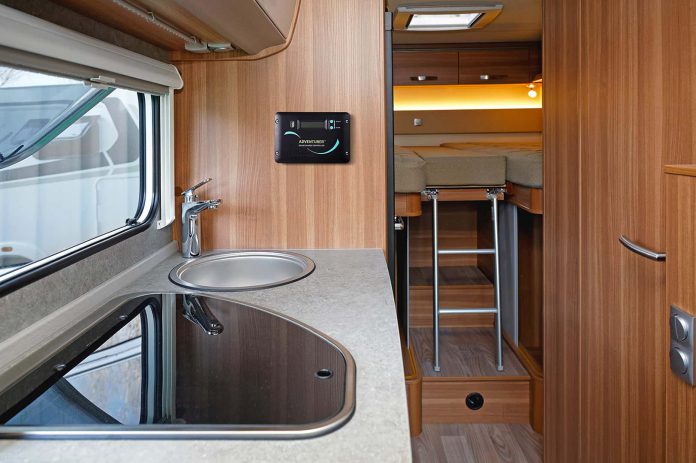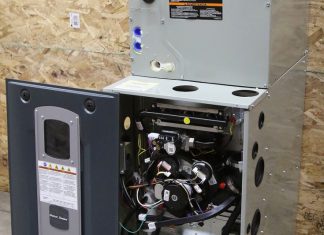A solar controller – also commonly known as a solar charge controller – is an important piece of equipment for ensuring solar panels and the battery interact correctly. It helps this interaction by regulating the flow of current between the panels and the battery. This is especially important due to the very nature of solar generation – as each day there’s a potential oversupply of power available via sunshine – which means an overload could easily result in absence of a device being present that regulates the current. Yes, understanding the safety benefits a solar controller offers is always valuable knowledge – so let’s look at this topic in more detail now.
The Differences in the Detail
In reality even if so many solar installations look similar, appearances can be deceiving. Even two installations that may otherwise look exactly alike in dimensions could have a very different setup, and consequently a different operating process. That’s why it’s important to understand the unique needs of each solar installation in order to maximise safety, even if to the human eye many solar installations look similar. For example, for any solar installation of 5 watts or greater there can be the expectation that a solar controller will be necessary.
The Two Main Types of Solar Controllers in Use Today
Solar controllers are widely available in the Maximum Power Tracking (MPP) and the Pulse Width Modulation (PWM) format. Both styles have their pros and cons, depending on the solar installation, and what outcome is envisioned as ideal for the installation once it’s done. While MPPs are more expensive than PWM solar controllers, they’re also far more efficient.
With an MPP an energy transfer of up to 97% from panel to battery can be obtained. By contrast, a PWM is more affordable, but can only perform the energy transfer from panel to battery at a rate of around 70%. This limitation notwithstanding, in certain instances – while a MPP usually will be the ideal – sometimes a PWM will be perfectly suitable.
Lighting a Path for Progress
It’s always important to recognise that a solar controller is a complex piece of equipment. Just the same as solar installations are as a whole. Although the way in which a solar installation works may sound simple – that energy is harvested from the sun and then utilised – in practice the effective installation and operation (including any upgrades) of a solar installation can be very challenging. That’s why any business looking to maximise the safety of their solar installation should always look to grow their general understanding in tandem to obtaining professional advice from an electrician who is able to advise on solar controllers.
The Importance of Maintenance
While solar installations are usually expected to last for many years – with 25 years being a common estimate in Australia – they also require ongoing maintenance to maintain performance and maximise safety. Accordingly, any business that adds a solar controller should be mindful to ensure it is regularly inspected and maintained to help ensure the safety features it offers continue to function properly.













